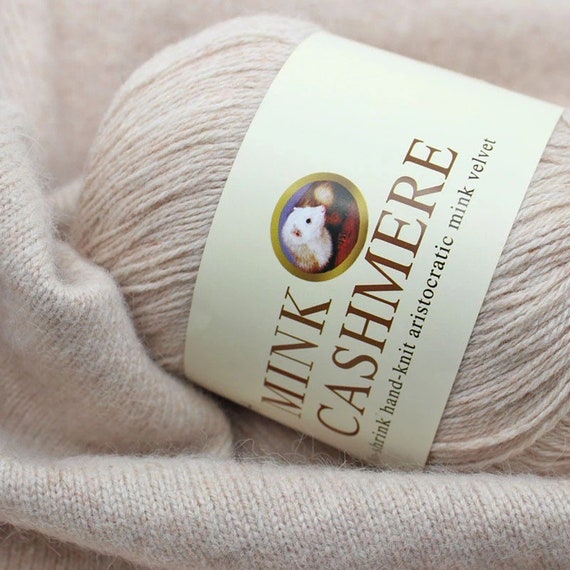The Intriguing World of cashmere: Understanding Its Fiber and Uses
Wiki Article
Understanding the Different Sorts Of Cashmere a Natural Fiber and Their Special Advantages

The Origins of Cashmere: A Historic Summary
While the glamorous touch of cashmere remains to charm contemporary customers, its origins map back to the harsh, cold environments of Mongolia and the Himalayas. For centuries, the native individuals of these regions have been elevating Capra Hircus goats, the prime source of cashmere woollen. These goats, resilient against the serious winters, grew a great undercoat to endure, which later ended up being recognized as cashmere. The name itself pays homage to Kashmir, an area in India where the woollen was originally processed. Much of the very early cashmere profession route was facilitated by the Silk Road, attaching Asia with the Middle East and Europe. Regardless of its global spread, the finest cashmere is still thought to originate from the original regions of Mongolia and the Himalayas.

The Production Refine: From Goat to Garment
Shearing a Capra Hircus goat notes the inception of the detailed cashmere production process. This fragile treatment usually takes place when a year throughout spring. The penalty, soft undercoat is then divided from the coarser external hair, a process called dehairing. The resultant raw cashmere is after that washed to get rid of contaminations such as dirt, vegetable, and oil issue.The clean fiber undergoes coloring, spinning, and weaving, or knitting, to transform it into a textile. Complex procedures such as high quality control checks and finishing processes adhere to, making certain the end product maintains the glamorous requirement expected of cashmere. This painstaking procedure, from goat to garment, warrants the high price connected to cashmere items, making them a sign of luxury and refinement.
The Various Types of Cashmere: A Comprehensive Evaluation

The Special Benefits of Cashmere: Convenience and Sustainability
Moving from the selection of cashmere kinds to the advantages they use, comfort and sustainability stand out plainly. Cashmere, an all-natural fiber, is renowned for its unmatched softness, providing a level of comfort that artificial fibers can't match.When it involves sustainability, cashmere is eco-friendly and sustainable, as it's gathered from cashmere goats that regrow their coats each year. what is cashmere. Unlike synthetic fibers which can More about the author take hundreds of years to decompose, cashmere's influence on the setting is marginal. This combination of comfort and sustainability makes cashmere a valuable selection for aware consumers

Taking Care Of Your Cashmere: Upkeep and Conservation Tips
While cashmere is undoubtedly a lavish and sustainable option, it needs certain care to preserve its high quality and extend its life-span. To start, cashmere need to be hand cleaned making use of cool water and a light cleaning agent. Cashmere things should be stored in a dry and amazing location, away from direct sunlight and moisture.
Investing in Cashmere: Comprehending Its Worth and Worth
Although cashmere may at first seem like a pricey financial investment, its lasting worth and worth become apparent when you consider its impressive qualities. Recognized for its unmatched soft qualities and warmth, cashmere is a premium all-natural fiber that outshines other products. Investing in cashmere, for that reason, is not just about present style trends, yet about accepting a sustainable, long-lasting, and elegant way of life.Final Thought
In summary, the kind of cashmere one chooses, be it Mongolian, Chinese, or Italian, is dictated by private preferences for heat, sustainability, deluxe, and spending plan. Recognizing the origins, manufacturing process, and special benefits of different kinds of cashmere can guide customers in their investment in this extravagant natural fiber.Whether it's the extraordinary heat of Mongolian cashmere, the price of Chinese cashmere, or the eco-conscious production of Italian cashmere, there's a official source story to be uncovered behind each fiber type. Cashmere, a natural fiber, is renowned for its unequaled soft qualities, giving a level of convenience that synthetic fibers can not match.When it comes to sustainability, cashmere is naturally degradable and eco-friendly, as it's gathered from cashmere goats who regrow their coats every year. Recognized for its unequaled soft qualities and heat, cashmere is a premium natural fiber that exceeds various other materials. Understanding the origins, production procedure, and special advantages of different types of cashmere can assist consumers in their investment in this extravagant all-natural fiber.
Report this wiki page